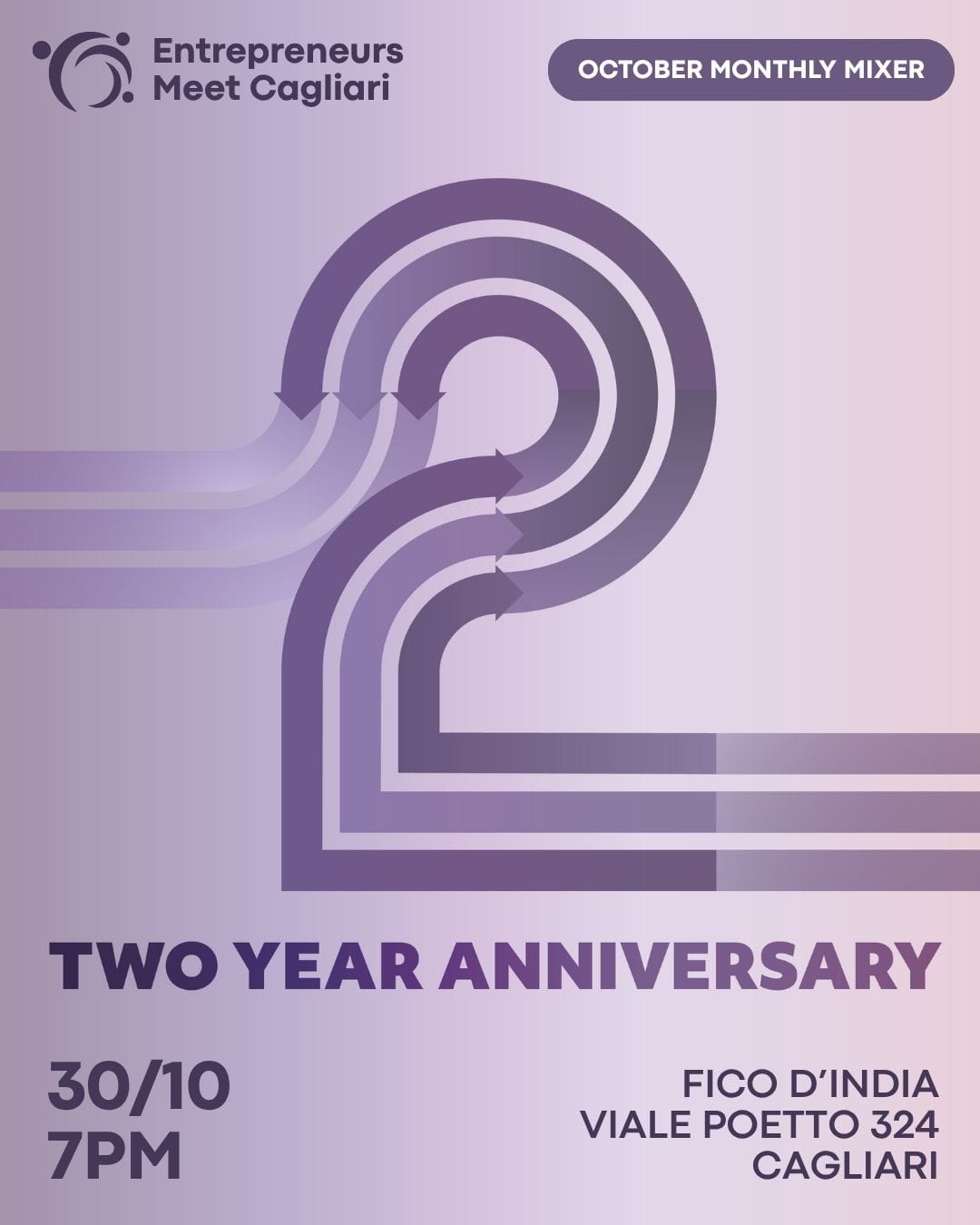The 32nd Report on Sardinia's Economy: A Deep Dive into the Region's Shifting Skill Landscape

The 32nd Report on the Economy of Sardinia (Economia della Sardegna 32° Rapporto 2025), published by the CRENoS (Centro Ricerche Economiche Nord Sud) in collaboration with the Fondazione di Sardegna, offers an urgent analysis of the region's economic health, with a crucial focus on shifting competency demands in both the private and public sectors.
The overall picture painted by the report is stark: "the glass is almost empty and that the shadows prevail".
Following the post-pandemic rebound, Italy—and consequently Sardinia, which is tightly linked to the national economy—is expected to return to very limited growth rates, leading to further loss of position in Europe. This economic challenge is compounded by severe demographic dynamics, including fewer births, increased mortality, and youth emigration, which together reduce the population and shrink the employment base, thereby limiting the capacity to generate wealth.
However, the analysis contained within the Rapporto's Focus Competenze sections reveals surprising trends regarding the evolution of skills and workforce restructuring.
The Private Sector
AI, Digital Vocation, and the "Double Southern Question" The report dedicates a specific focus to examining the skills demanded by Sardinian businesses between 2016 and 2023, offering comparisons with the rest of Italy and Germany to highlight structural characteristics relative to a leading European country.
The Gap in Specialization.
A critical structural issue highlighted is the persistent and growing disparity in demand for highly specialized labor. Throughout the period analyzed (2016-2023), businesses in Sardinia and the rest of Italy requested less highly specialized work compared to German companies.
Correspondingly, demand for medium or low specialized labor is higher in Sardinia and the rest of Italy than in Germany.
This tendency is even more pronounced in Sardinia and the Southern regions of Italy compared to the Center-North. The report notes this phenomenon as a "double Southern question"—given Italy's position as the south of Europe—which, if left unaddressed, "could render Sardinian enterprises less capable of innovating" , fueling the historic productivity gap with the Center-North and, crucially, with Germany.
Post-2020 Reversal and the AI Factor.
The analysis observed a labor market polarization trend up until 2020, consistent with advanced economies, where demand for high and low specialization skills grew faster while medium specialization declined.However, the pandemic appears to have caused a sharp reversal:
• Decline in High Specialization: Demand for highly specialized work fell steeply in Sardinia. In 2019, highly specialized occupations represented over 53% of online job postings; by 2023, this share dropped significantly to 39%, falling below the 2016 level of 46%.
• Rise of Medium Specialization: Conversely, demand for medium specialized labor, which had dropped below 38% in 2020, rebounded to 47% in 2023. The report suggests that this deceleration of polarization is driven by a decrease in the creation of highly specialized work.
This decline is particularly evident in intellectual and scientific professions and, especially in Sardinia, technical professions (such as lab technicians and IT experts).
This shift aligns with recent economic literature suggesting that the rapid diffusion of Artificial Intelligence (AI) post-pandemic renders analytical and technical roles vulnerable by automating functions like data analysis, basic consultation, and technical design activities.
Digital Skills ContradictionRegarding specific knowledge areas, the most frequently requested category in Sardinia is "economy, business techniques, and law". Meanwhile, Information and Communication Technologies (ICT) form the second most requested area.However, the data reveals a significant finding: demand for ICT skills in Sardinia is lower than in the rest of Italy, the Mezzogiorno, and Germany.
This finding "clashes with the collective imaginary of the Island having a 'digital' vocation". Furthermore, ICT demand grew until 2020 everywhere but then fell significantly, which may signal another structural change induced by the AI revolution.
Public Administration
Public Administration: Sardinia's High-Qualification TrajectoryIn contrast to the private sector's struggle to maintain demand for highly specialized labor, the analysis of Local Public Administration (PA) competencies reveals Sardinia is forging a uniquely positive path in terms of human capital development.Sardinia’s public workforce restructuring has been "strongly oriented towards the top".
Although the overall number of public employees declined between 2001 and 2022 (a reduction of 5.9 thousand staff, corresponding to a 15% drop, partly due to hiring freezes), the qualitative composition improved markedly.
Sardinia distinguishes itself by having a relatively high share of workers with the "highest qualification" (post-graduate degrees), increasing from 11.6% in 2001 to 13.2% in 2022.
This figure is notably higher than both the Center-North (8.5% in 2022) and the Mezzogiorno (7.5% in 2022).
Similarly, the share of workers with "high qualification" (Bachelor's or Master's degrees) surged from 12.7% in 2001 to 44.1% in 2022, surpassing the Center-North (36% in 2022).
The share of intermediate qualification workers saw a significant drop (from 36% to 24.5%), confirming a specific dynamic of raising the general skill level on the Island.In terms of recruitment, this internal restructuring trend led to Sardinia registering a qualitatively favorable turnover of personnel, comparable to the Center-North, but contrasting sharply with the rest of the Mezzogiorno.
For instance, highly qualified personnel contributed +143% to the total change in staff count. This suggests that Sardinia can be excluded from the trend of growing divergence in human capital levels between the Center-North and the Mezzogiorno. This positive trajectory may also have been partially accentuated by the increased development of smart working compared to the rest of the Mezzogiorno.
For more details check the paper:




